We love a good gallery wall and believe there’s no better way to show off your art than displaying it salon-style for all to see. But we know that each collection is different, calling for its own unique wall layout based on the size and number of works you want to hang, the design of the room it lives in, and the general look and feel you want it to impart. Here, we’ve gathered a guide to creating the perfect gallery wall for every style and space. Read on for inspiration to wake up your walls.
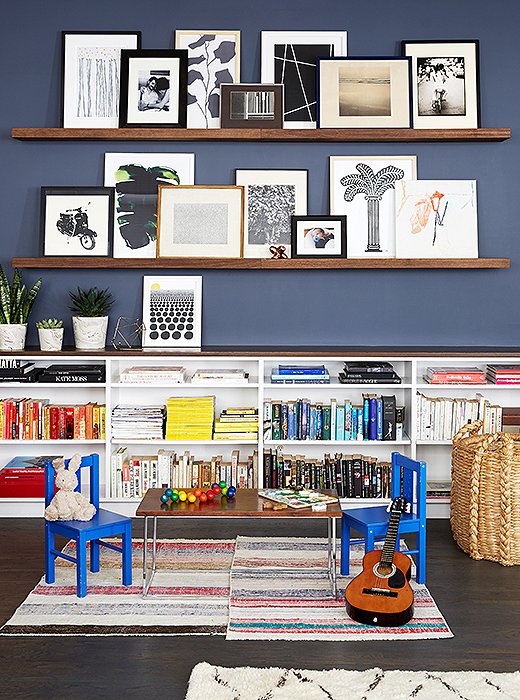
A pair of shallow shelves offer up an easy, casual way to show off your art collection. Photo by Manuel Rodriguez.
The Lean
Art doesn’t always have to be hung on the wall. A long, shallow shelf—whether solo or in multiples, as seen here—makes for a more casual way to show off your collection thanks to the laid-back lean of the artwork against the wall. Choose works in a variety of sizes and orientations for a more layered look, and if space allows, try adding a small vase or objet in front of the art for extra visual appeal.
This look is especially great if you like to swap out your artwork often, as it offers a hardware-free way to change up your space for the season—or whenever the whim strikes.
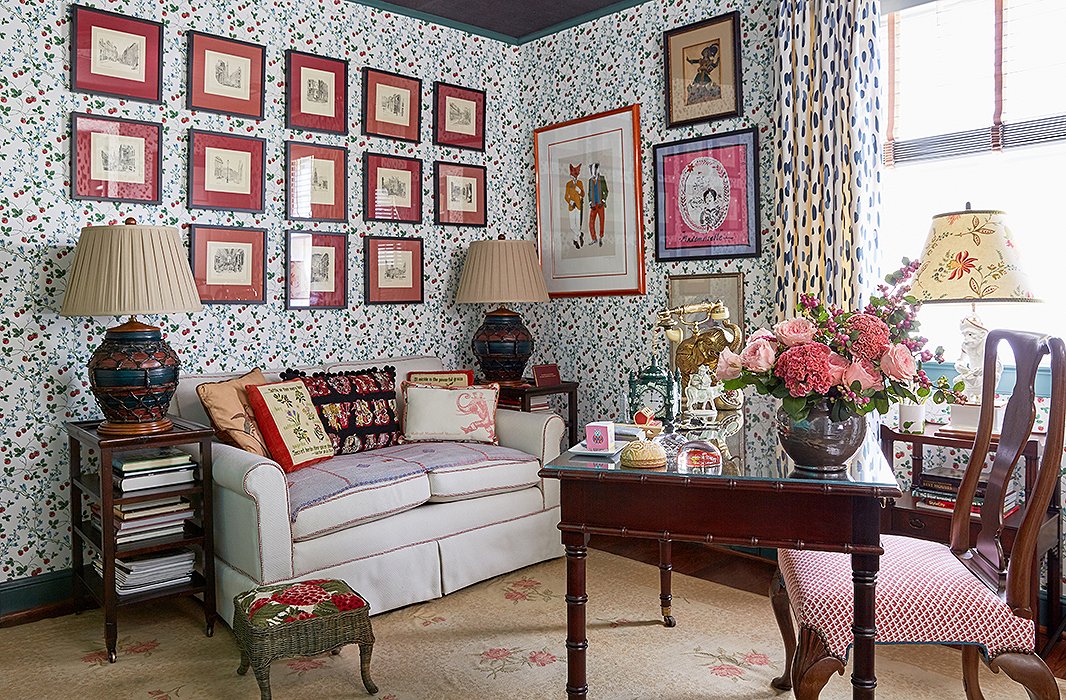
Coordinating artwork in matching frames and mats makes a graphic statement—even on top of heavily patterned wallpaper. Photo by Tony Vu.

A series of framed maps brings classic polish to a cozy sitting area. Photo by Manuel Rodriguez.
The Grid
Fans of order, look no further than the grid for your gallery wall formation—a symmetrical look that’s sure to give any room a classical appeal. To play up a sense of consistency, opt for a series of coordinating (though not necessarily matching) works in identical frames. We love the addition of colorful matting for an extra graphic pop.
Be sure to take extra care when hanging this type of gallery wall, which is less forgiving of uneven measurements thanks to its reliance on symmetry and straight spacing.
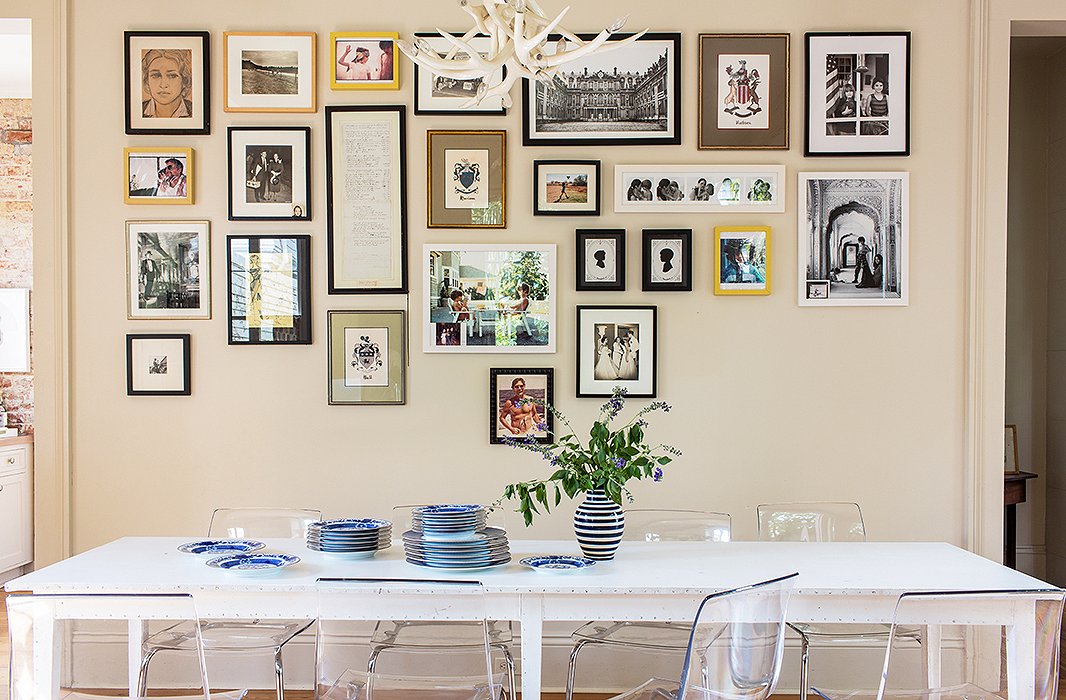
The gallery wall gets a modern update thanks to the alignment of works at the top of the arrangement. Photo by Nicole LaMotte.
The Top-Down
You’ll find that many gallery walls start from the center and radiate outward, giving the arrangement that loose, eclectic feel we love. This look retains that classic “gallery wall” vibe with one very forward-feeling update: The artwork starts from a straight line at the top. Try this arrangement with a mix of black-and-white photography, drawings, and prints for a decidedly modern vignette.
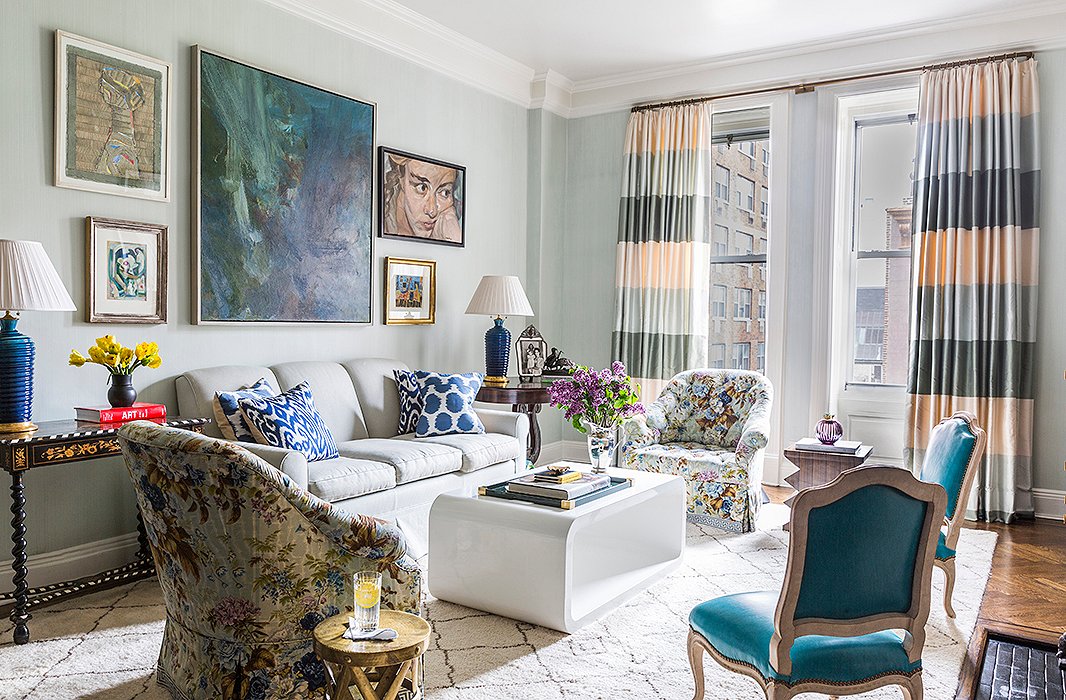
A bold, oversize abstract is a strong anchor for a room filled with atmospheric blue hues. Photo by Lesley Unruh.
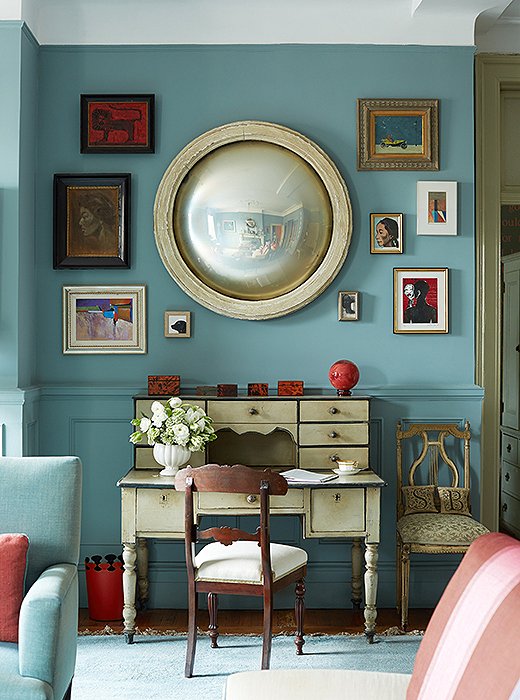
A convex mirror makes for an unusual yet perfectly polished centerpiece. Photo by Manuel Rodriguez.
The Focal Point
This type of gallery wall is all about making a statement. Create a focal point in your space by flanking an oversize piece—whether art, a mirror, or another decorative wall accent—with a collection of smaller works. This arrangement works especially well for anchoring large pieces of furniture such as a sofa, a desk, or a bed.
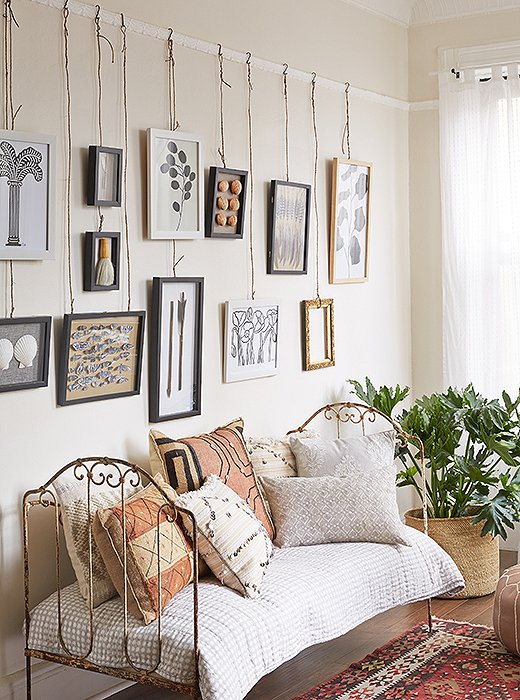
Suspending works by a wire or rope is a chic alternative to the usual way of hanging art. Photo by Eric Masters.
The Throwback
The picture rail, an old-school design detail meant for easily hanging artwork on the wall, gets an inventive makeover in this fresh look thanks to rope-wrapped craft wire used in place of traditional hangers.
It not only adds a little rustic charm to the space, but it also adds height to a room with a low ceiling and more drama to an area with a higher one. If you’re not sure where to start, check out our take on the clever DIY right here.
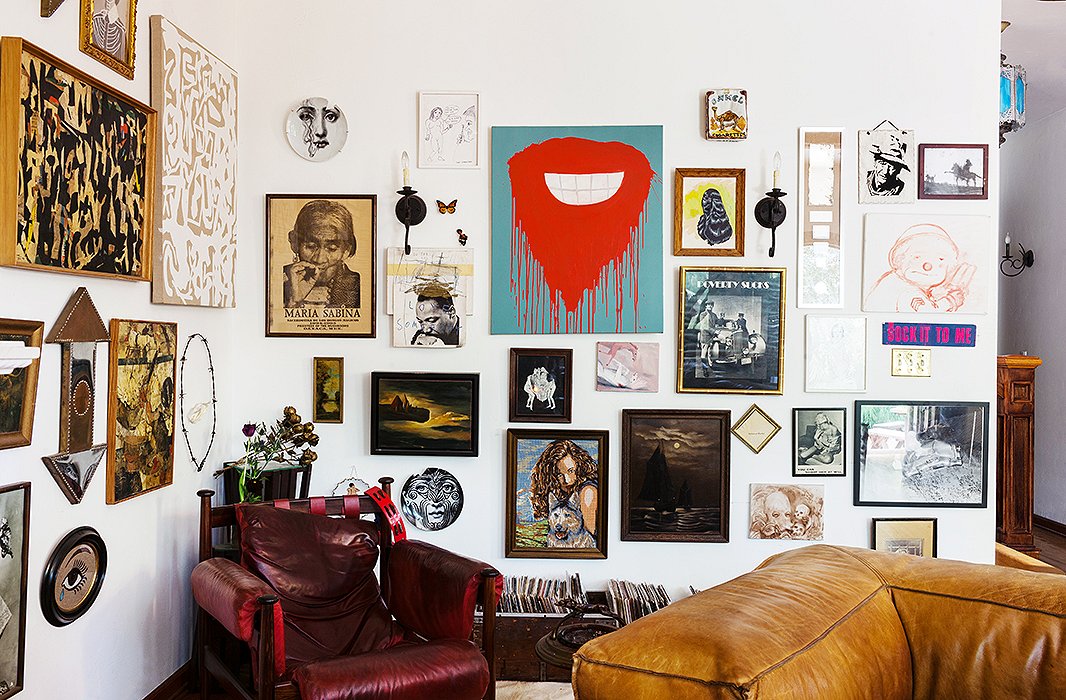
A medley of wall plates, sconces, paintings, prints, and drawings makes for a wonderfully eclectic gallery wall. Photo by Nicole LaMotte.
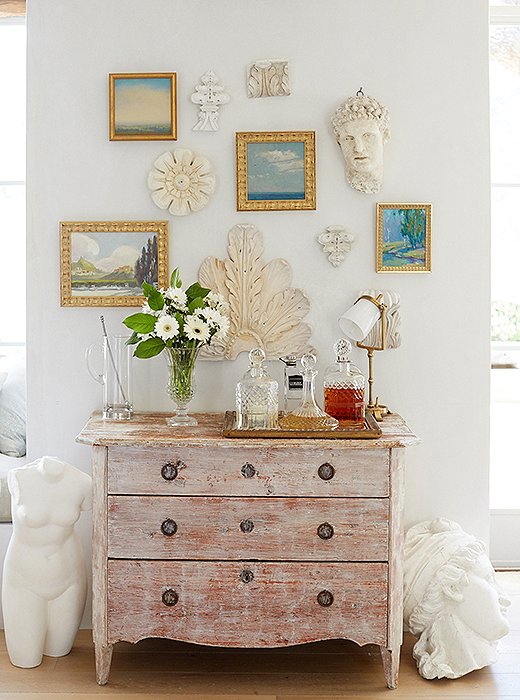
The mix-and-match approach works in every style of space; here, it lends a fresh point of view to a vignette of airy, whitewashed finds. Photo by David Tsay.
The Mix
Gallery walls are for more than just artwork. Show off the rest of your collection—from wall plates to sconces to plaster busts—by hanging them alongside more-traditional pieces of art. It’s a great way to fill in blank space, add a lived-in layer to a room, and make a break from the conventional. The mix-and-match nature of the look also makes it more adaptable, since you can add on pieces as you find them without rearranging the whole wall. Consider this the best way to display a growing collection.
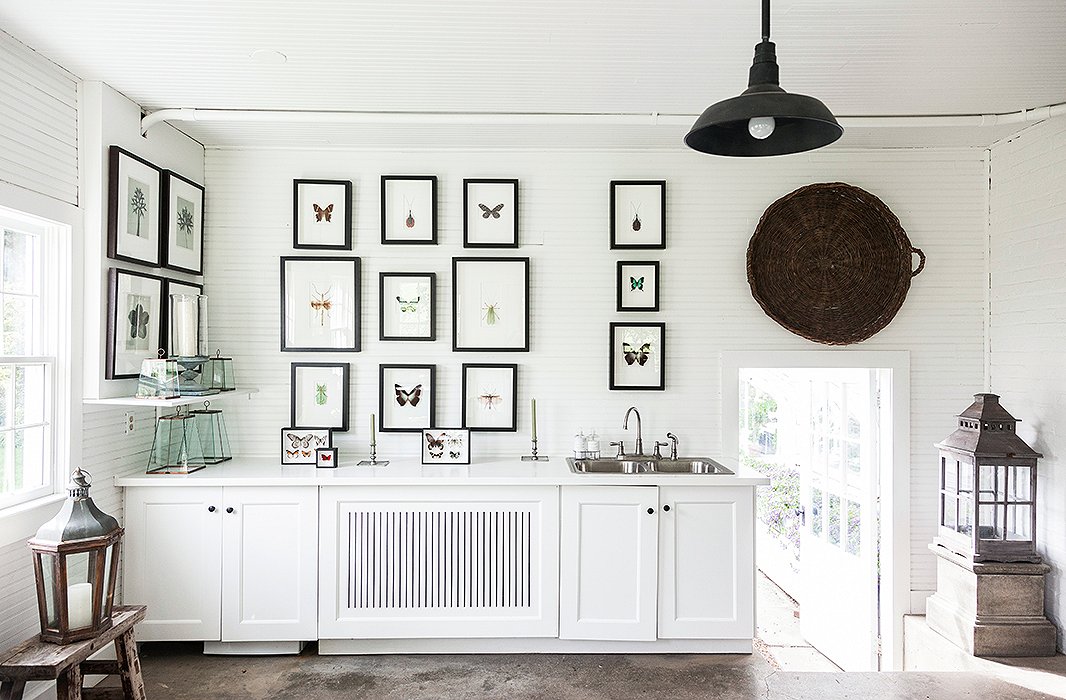
Matching black frames contrast beautifully with this room’s stark white walls and cabinetry. Photo by Lesley Unruh.
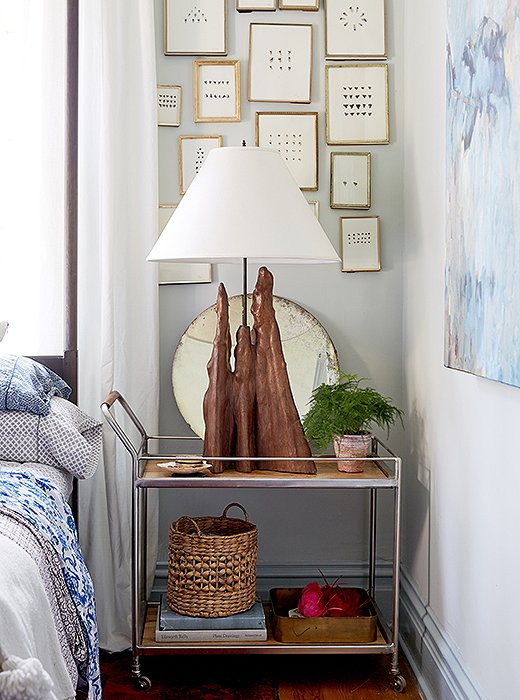
A collection of miniature artworks—each in a gold-tone frame—has the visual impact of a single large piece. Photo by Tony Vu.
The Match
If you like your gallery walls with a degree of uniformity but without the formality of a grid, hang up artwork in coordinating frames. A mix of sizes in a matching color and finish will create a look that feels cohesive and put together but not too structured. We especially love this approach for displaying related works, like the prints of butterflies and insects shown in the mudroom here.
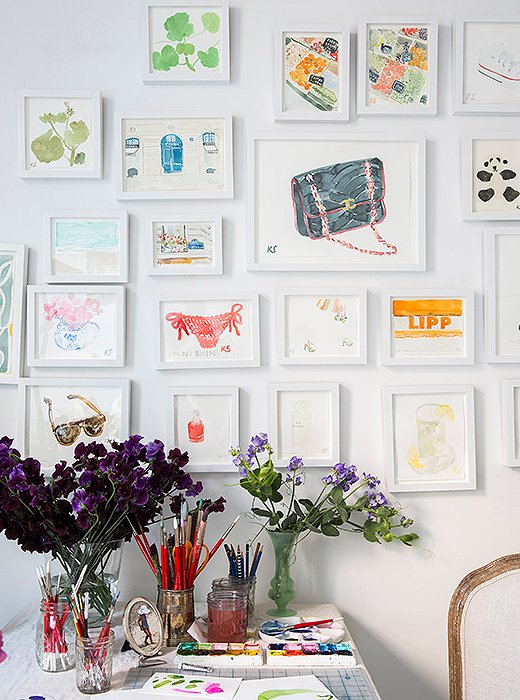
A collection of ladylike watercolors feels fresh and new in matching white frames. Photo by Lesley Unruh.
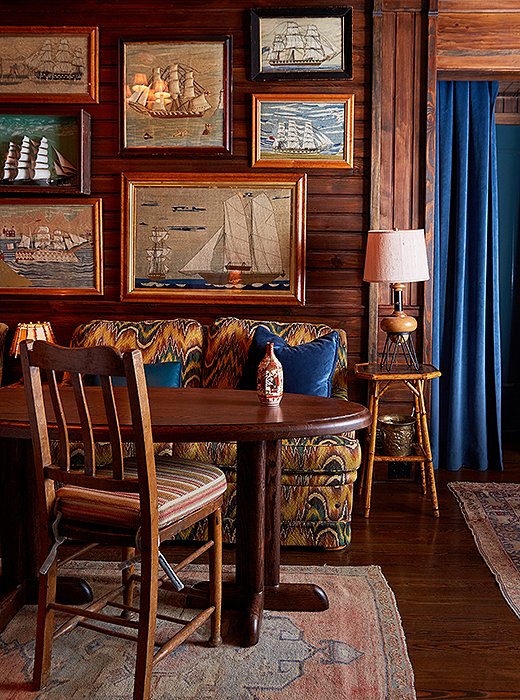
A mix of nautical paintings sets a seafaring scene in a cozy, wood-paneled room. Photo by Tony Vu.
The Common Theme
Your child’s drawings, abstract paintings, thrifted prints, vintage photography… If you’re a collector of any specific kind of art, consider hanging it all in one gallery—the ultimate tribute to your genre of choice. As shown by the arrangements of delicate watercolors and nautical paintings here, this look makes a wonderfully eclectic statement no matter your style.

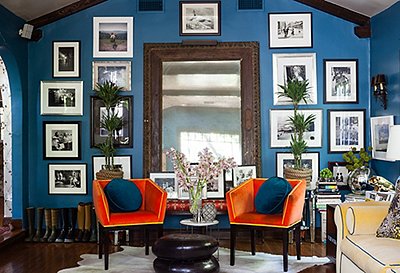
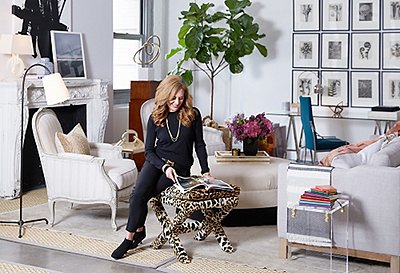

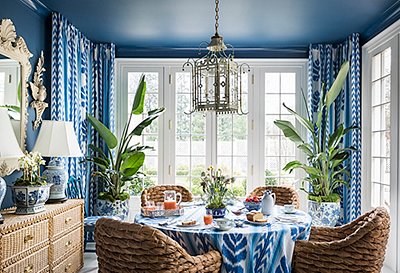
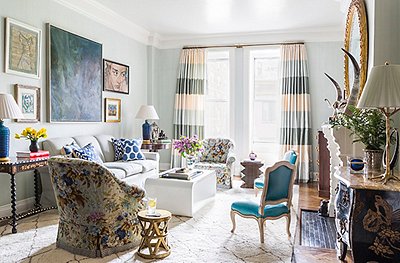
Join the Discussion